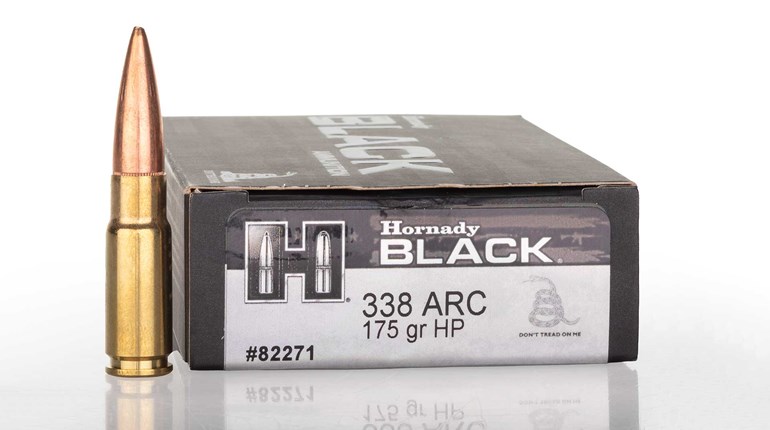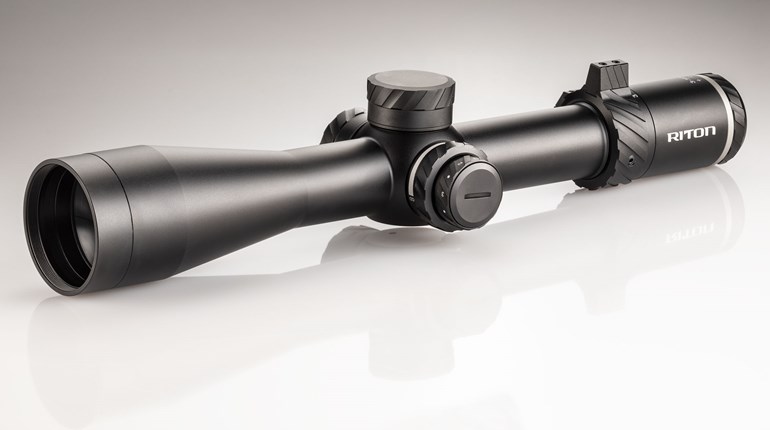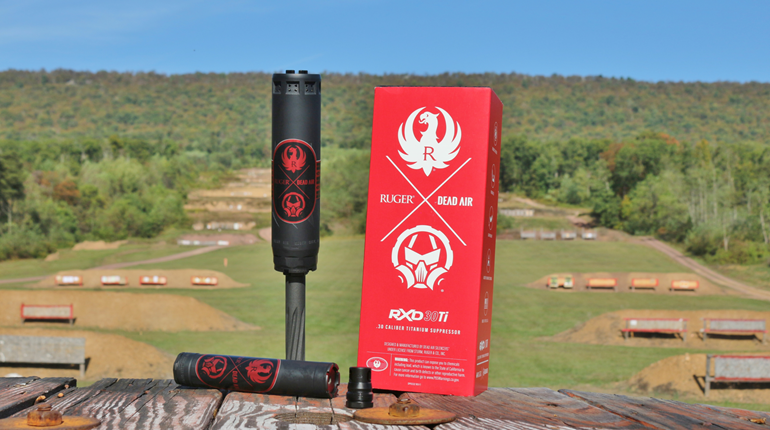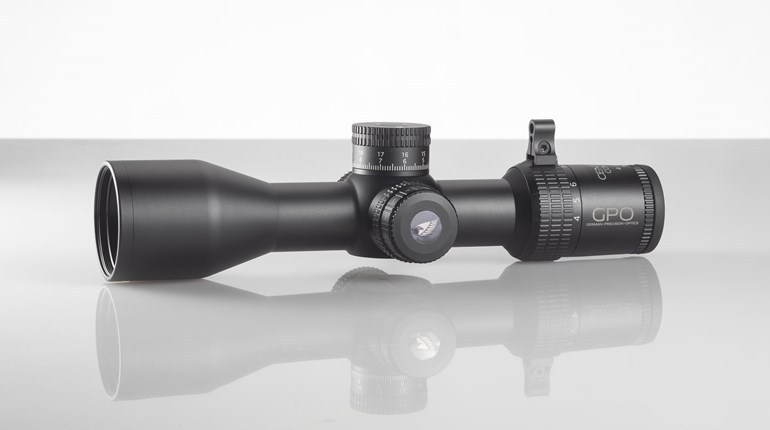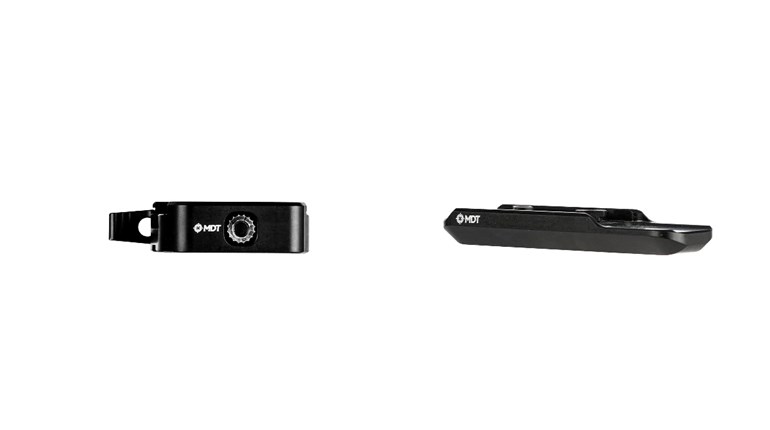
There are many parts of the country where firearms knowledge is deficient, and in these areas, we notice a major misconception: That big firearms generate big recoil. I am on record recommending that every new shooter—even those who enter the firearms community for the sole purpose of carrying a concealed pistol—fire their first shots with a rifle, preferably a rimfire. After training tens of thousands of students this way, there is still no better feeling than when a gun-shy shooter turns their head after firing the first shot and says, "That's it?!"
Unfortunately, I am sure that the community has lost a few would-be shooters to the false notion that rifles (all rifles) are capable of knocking somebody right out of their chair like Granny in The Beverly Hillbillies. I am frequently asked, "I want firearms training but I don't think I can handle the kickback of the big ones, can I shoot a little one?" These shooters are elated to hear that children as young as twelve come to our classes and do very well. (They also usually enjoy learning that the big ones are called rifles or shotguns, and the little ones are called handguns.)
Now let's look at the relationship between chambering and recoil. Without getting too scientific, let's make a few general observations and maybe come up with a rule of thumb. For starters, what is recoil? It is simply the byproduct of the projectile leaving the barrel. Newton tells us for every action there is an opposite and equal reaction. The action is the product of mass (the grain of the bullet) and the velocity (speed it exits the barrel). Since recoil is the opposite reaction, we have to look at what it’s acting on, and that's the firearm. Those of us who like math can think of this equation:
recoil = (mass x velocity) - firearm weight
This is a rough equation, as we are not addressing components such as compensators or muzzle brakes. Using our equation to address questions like "which has more recoil, a .40 Smith and Wesson or a .45ACP?" we can now give a better answer, which is "it depends.” Was that clear as mud?
Well, if the question involves a subcompact polymer-framed .40-cal. compared to a full-size 1911, then that 40 is going to appear to snap back at you like a water moccasin. The same formula needs to be applied when considering the difference ammunition plays. Comparing a 9mm firing +P+ loads to that same .45 ACP firing subsonic target loads doesn’t make a fair analysis.
Among all, fit is your chief concern. Pistols, rifles and shotguns that don't fit the shooter properly will always have the illusion of increased recoil, as they usually cause a bit of pain. My M1 Garand "kicks" harder than my single-shot 12-gauge. Why? Because the short stock on the Garand causes me to punch myself in the nose.
Circling back to pistols, I have noticed more second lesson shooters have an easier time shooting the 1911 (.45 ACP) than they do with the 9mm 92f. This is despite the fact that the .45 round generates more recoil force than the 9mm. The single stack grip of the old warhorse is very easy to hold on to. In the interest of a fair comparison, I use these guns as my example because they are both full-size autos, of all-steel construction.
As I wrap it up, be sure to consider all factors when deciding which firearm will be easiest to handle. Learn proper mount, stance and above all how to follow through … and remember, recoil is only there if you are looking for it!













